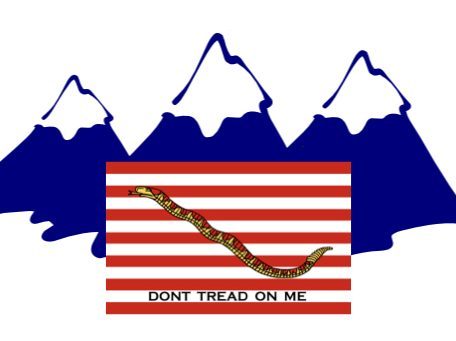The Battle Card series is a set of micro solitaire wargames designed by Nils Johansson and David Thompson for Postmark Games. The Kickstarter pledged two more games and the next one, Operation Edelweiss, recently delivered.
Battle Card: Series 1 is four one-page, solo print-n-play dice wargames designed by David Thompson and Nils Johansson and delivered through a quick-to-fulfill Kickstarter campaign from Postmark Games. The first game in the series, “Market Garden,” is labelled Game 0 and was self-published earlier in 2023 to some acclaim before being republished in the Kickstarter campaign with three new battles. Battle Card: Series 1 is four wargames: “Game 0 Market Garden,” “Game 1 The Malayan Campaign,” “Game 2 Moro River,” and “Game 3 Mortain.” Each game can be played on a single sheet of paper with about a dozen or more six-sided dice. Each battle is six turns in length and uses point-to-point movement and a very simple combat results table. In each conflict one player must advance across the map reaching the objective(s) before they are militarily defeated or time runs out. While I got my copy through the Kickstarter campaign, the games are now available from Postmark Games directly.
Micro wargame
Each Battle Card game is a solitaire wargame playable on a single sheet of paper using about two dozen dice of at least two different colors. Operation Edelweiss portrays the 1942 German campaign to secure the Caucasus region in the southwestern Soviet Union. The Germans are striking towards Grozny to secure vital oil resources. Previous Battle Card games all used a portrait format presentation of the map; Operation Edelweiss is the first to use a landscape format. Edelweiss has rules for multiple units, detachments (dividing units), and air support.
The rhythm of Edelweiss
Operation Edelweiss is a six-turn game during which the Germans must secure three victory locations; Novarossiysk, Tuapse, and Grozny. Every turn the Germans can try to advance against defending Soviets. The dice represent both units and their strength. In a battle, the Germans can add Air Support for a die roll modifier when rolling on a simple combat results table keyed of which side has the advantage (stronger unit present) in the location. Combat results often reduce a unit or force it to withdraw. If a unit is eliminated it is removed from the game. After the German attack, Soviet units in certain locations are reinforced and can attack (“Reaction”) German units in return. The Germans then roll to see how much air strength returns before the next turn.

Next to last verse
Operation Edelweiss is yet another excellent entry in the Battle Card series. The rules are easy to learn and play is quick. As you can see from above, I chose to use the low-ink (black & white) version of the game printed on two pages; you can also print in color or on just one page if needed. Perhaps in the future I will print out the games on heavier cardstock and place each in a page protector with rules facing one side and the play map on the other.
Feature image “Caucasus. WWII. Summer 1942. Kavminvody. “Operation Edelweiss” via pintrest.
The opinions and views expressed in this blog are those of the author alone and are presented in a personal capacity. They do not necessarily represent the views of U.S. Navy or any other U.S. government Department, Agency, Office, or employer.
RockyMountainNavy.com © 2007-2023 by Ian B is licensed under CC BY-SA 4.0 ![]()

Well this dold me. Bought! 🙂